

| CANVAS OF PLANS & DRAWINGS |
INTERIOR & DÉCOR, but with a twist |
| HOTELS & RESTAURANTS, beyond mainstream |
Notes on ART |
| Into big AFFAIRS | INSIDERS |
| GLIMPSES | |
Keywords:
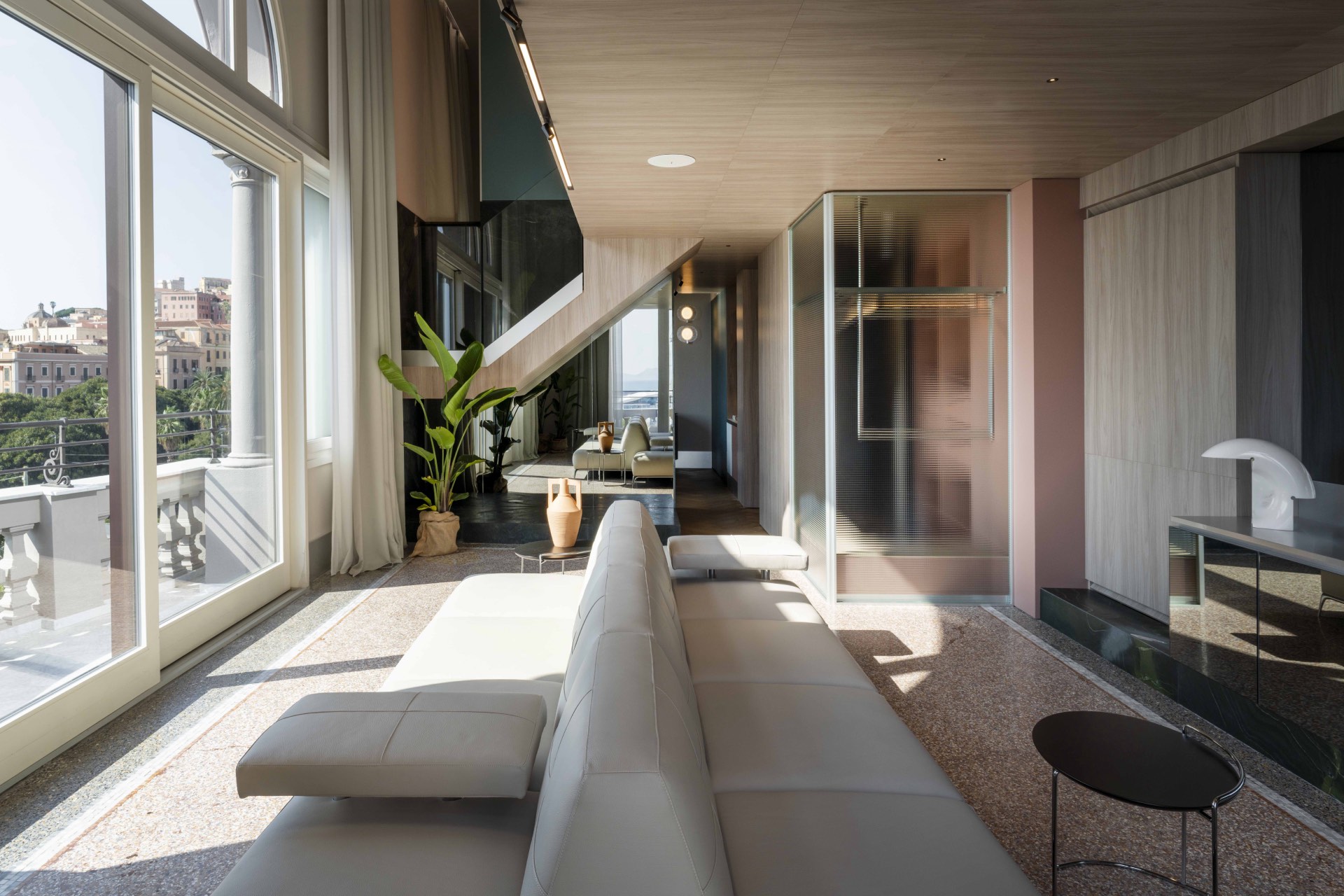
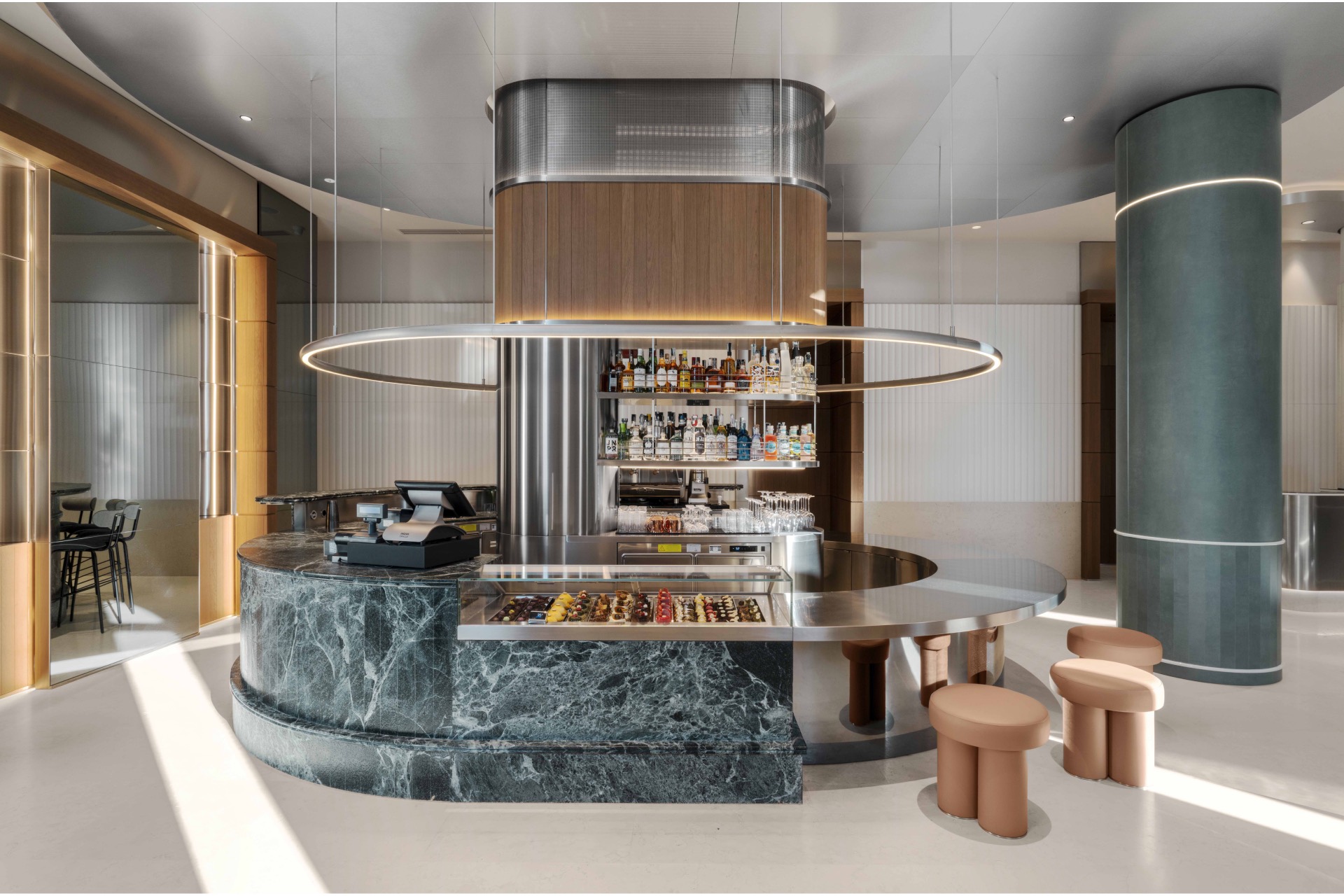
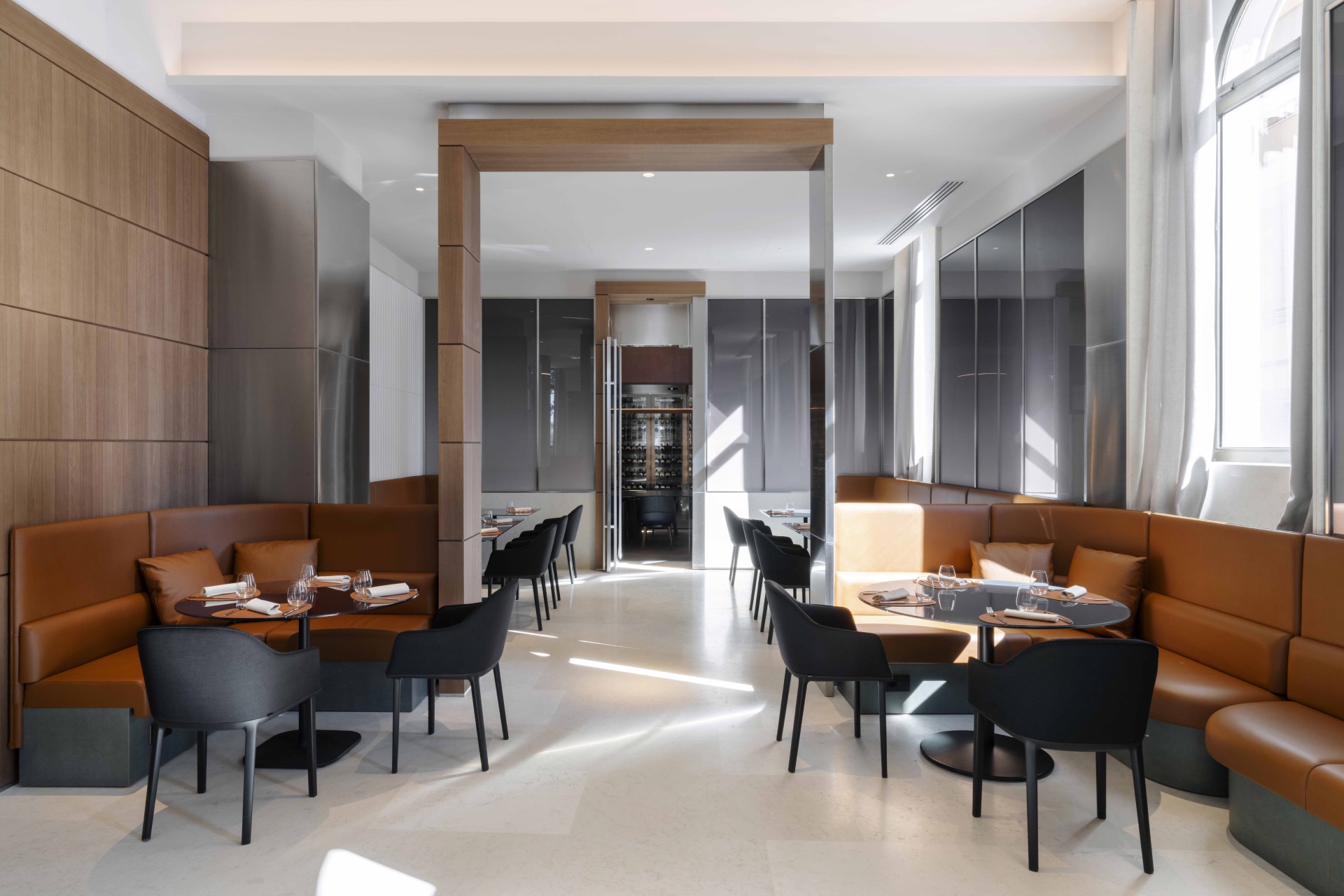
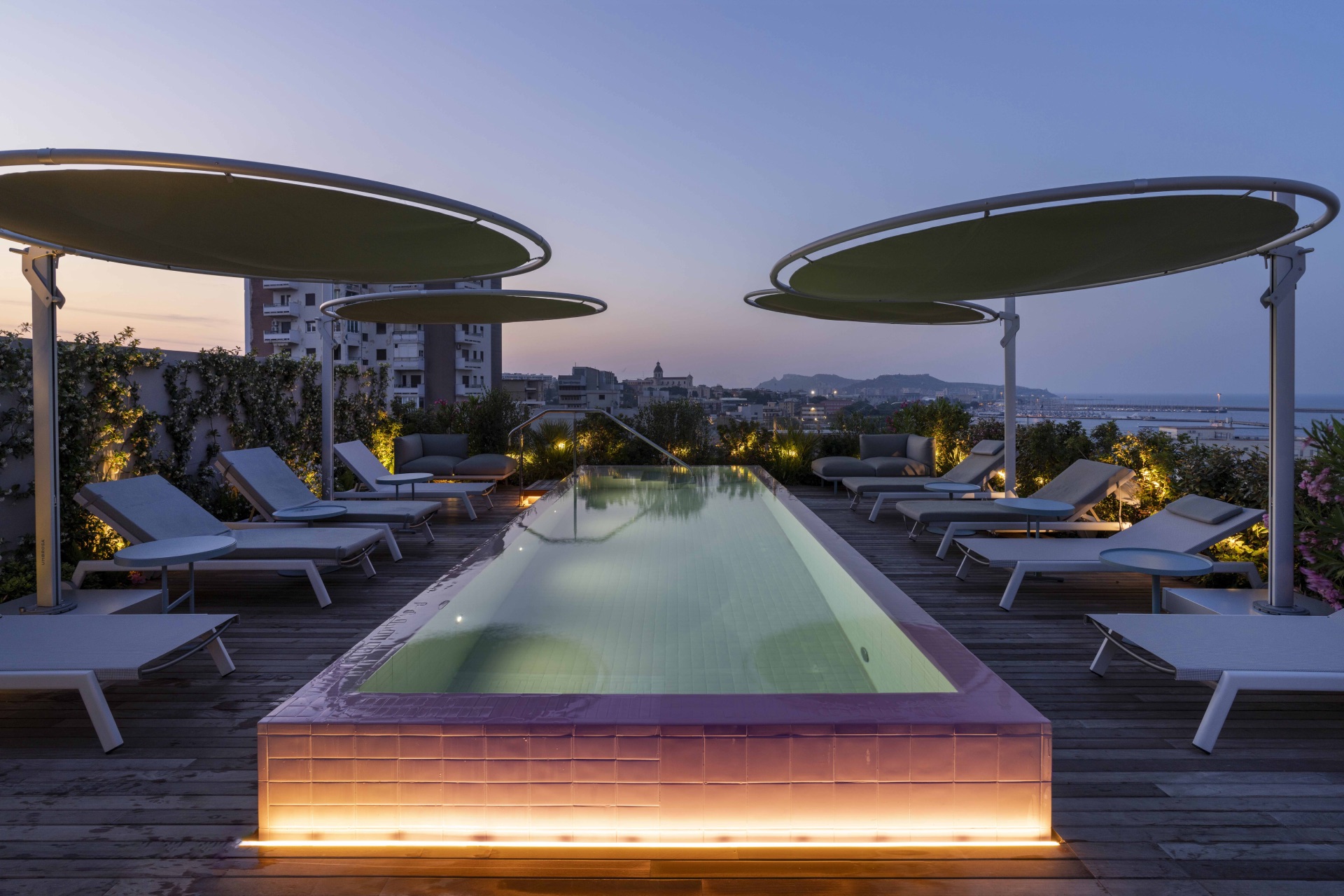
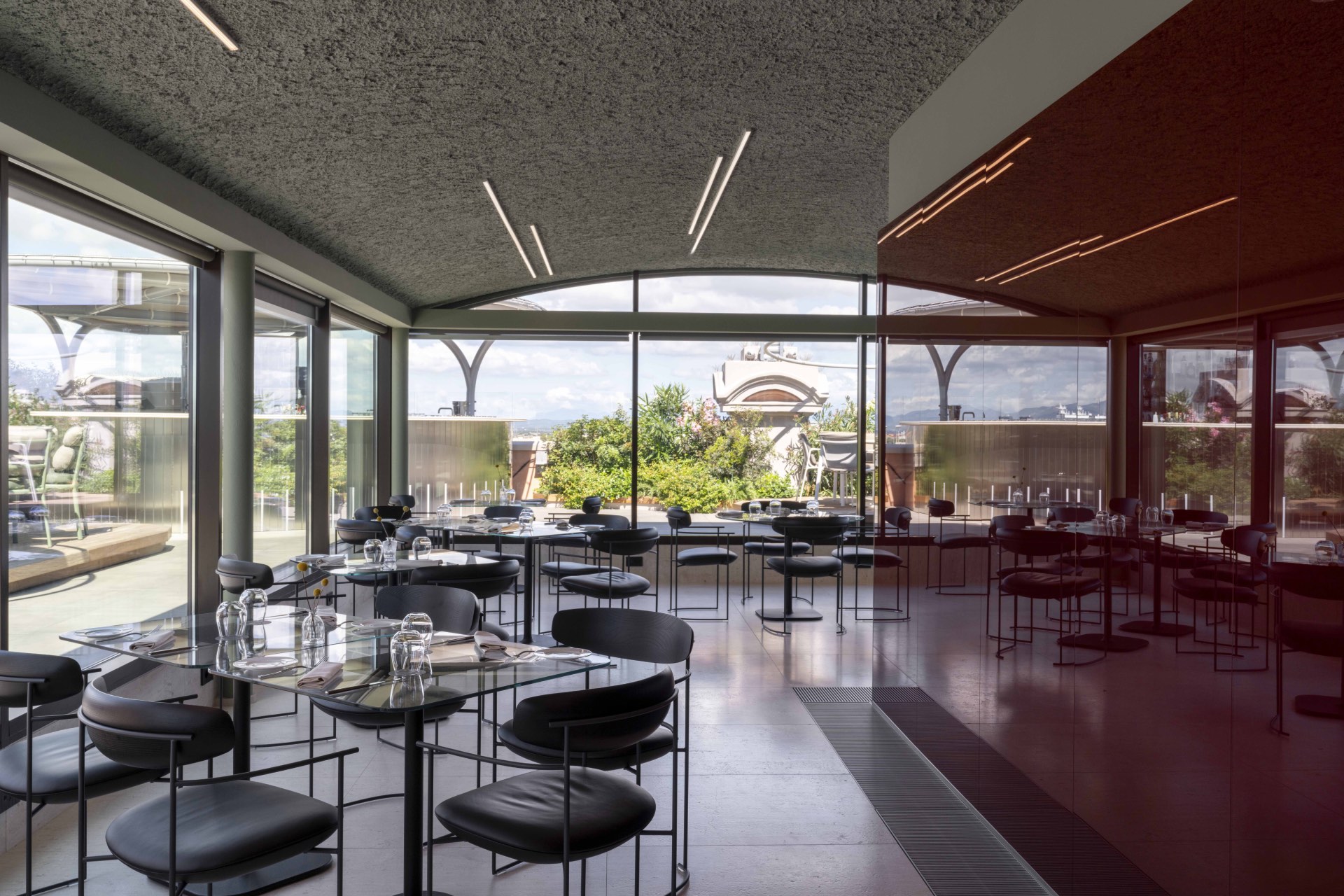
“By harmoniously fusing the contemporary with the cultural heritage, Palazzo Tirso represents a symbiosis on which the development of the design and the furnishings is based, underlined by the principle of asymmetry”, explained Ferdinando Tirso. In line with the new functionality principles of the sector, the hotel’s spaces have indeed been designed to open up and blend into the urban fabric. In this territory of design, relationship, and comfort, the common areas have been designed dynamically to adapt to the needs of both citizens and visiting guests. However, traditional hospitality function is not overlooked, but rather maximized by the layout of the reception areas, custom furnishings for rooms and suites, and the aforementioned experience factor.
The starting point of the design project was the selection of colours, based on religious architectures and works that characterize the city, as well as inspired by its botanical garden. Therefore, strongly dictated by the colour palette, the choice of materials and furnishings then went beyond vision, merging into the tactile experience. The materials used have indeed undergone specific surface treatments, precisely to create new usage sensations. Finally, to complete the inspirational framework, the concept of asymmetry runs like a thread throughout the project, outlining its identity. A language of art and architecture, very peculiar for a hotel, which here translates into a search for non-traditional beauty, and therefore unique, fascinating, and equally complete in itself.
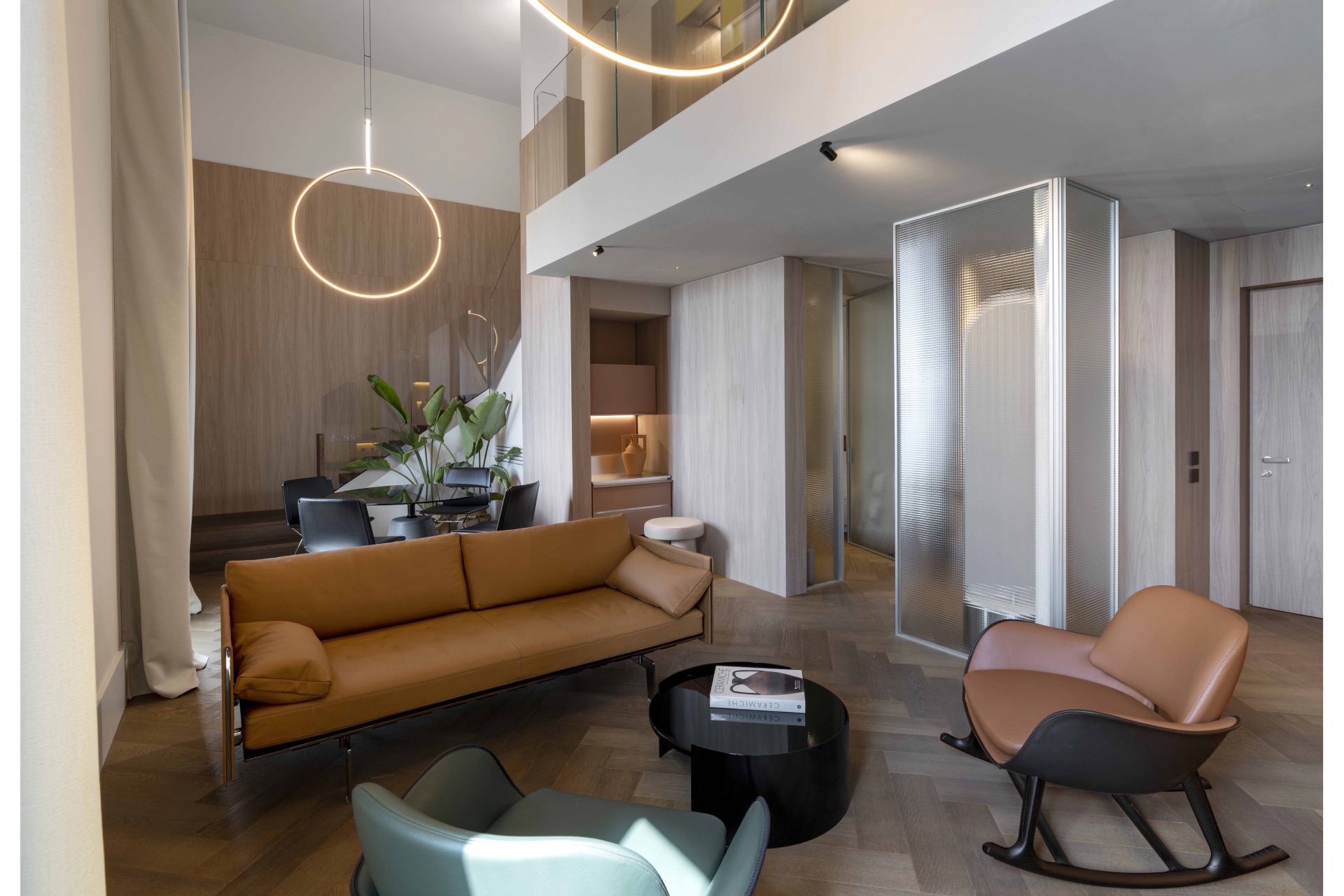
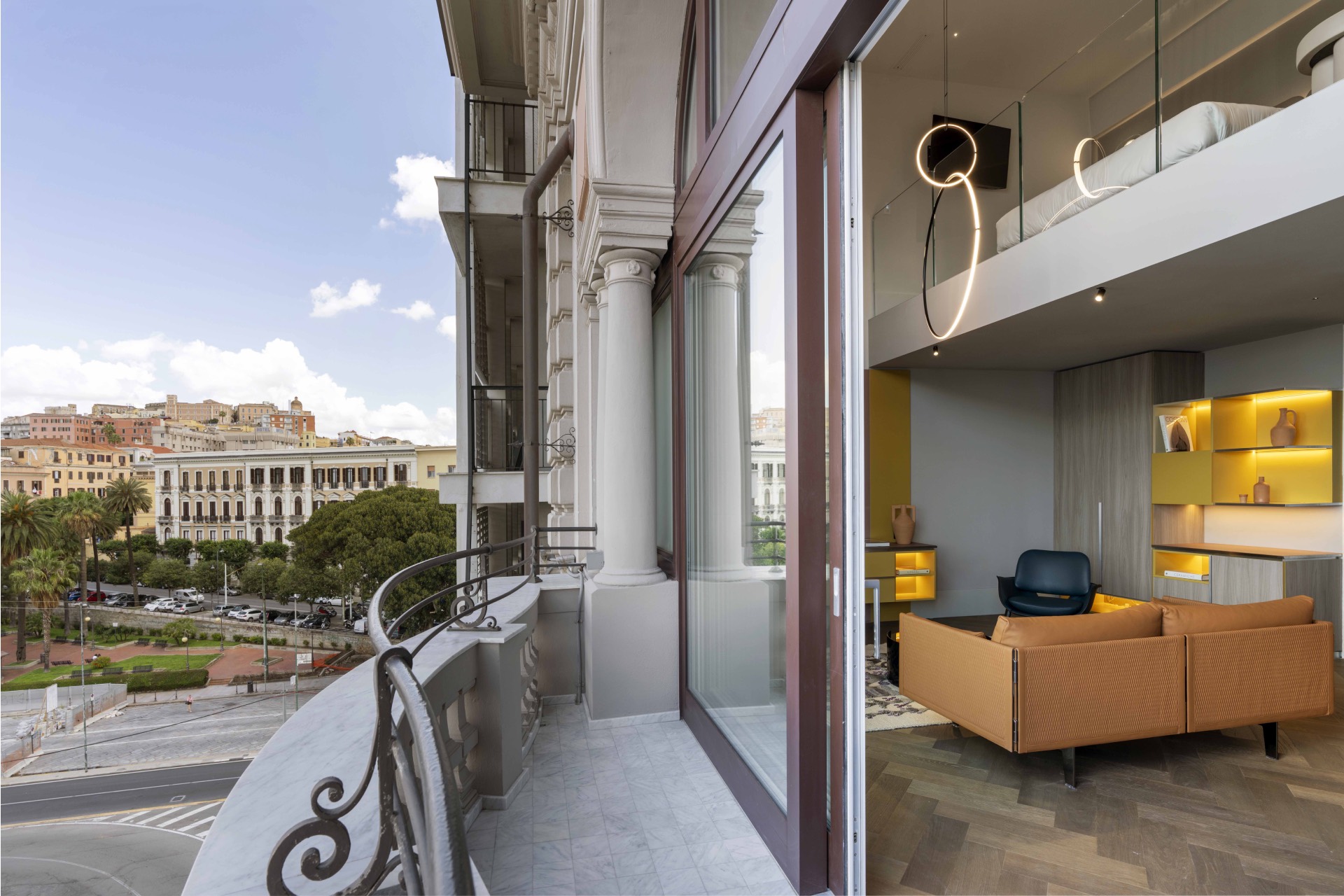
Moving on to the specifics of the structure, the basement houses a wellness area, equipped with a gym, swimming pool, sauna, Turkish bath, three treatment rooms, and an additional reception. Next is the ground floor, with reception, bar, the Terra restaurant, and a business area, with rooms available for private gatherings and meetings. The upper floors are dedicated to the rooms, with the fourth floor entirely taken up by the eight suites and the Presidential Suite, spread over two levels and ranging in size from seventy to one hundred and twenty square meters. Finally, continuing the upward journey through the structure, we reach the rooftop, where to enjoy a unique experience against the backdrop of Cagliari: on one side, a glass “greenhouse” houses the Cielo restaurant, on the other, a terrace with a bar, lounge area, and a swimming pool covered in pink ceramic offers a splendid view of the city.